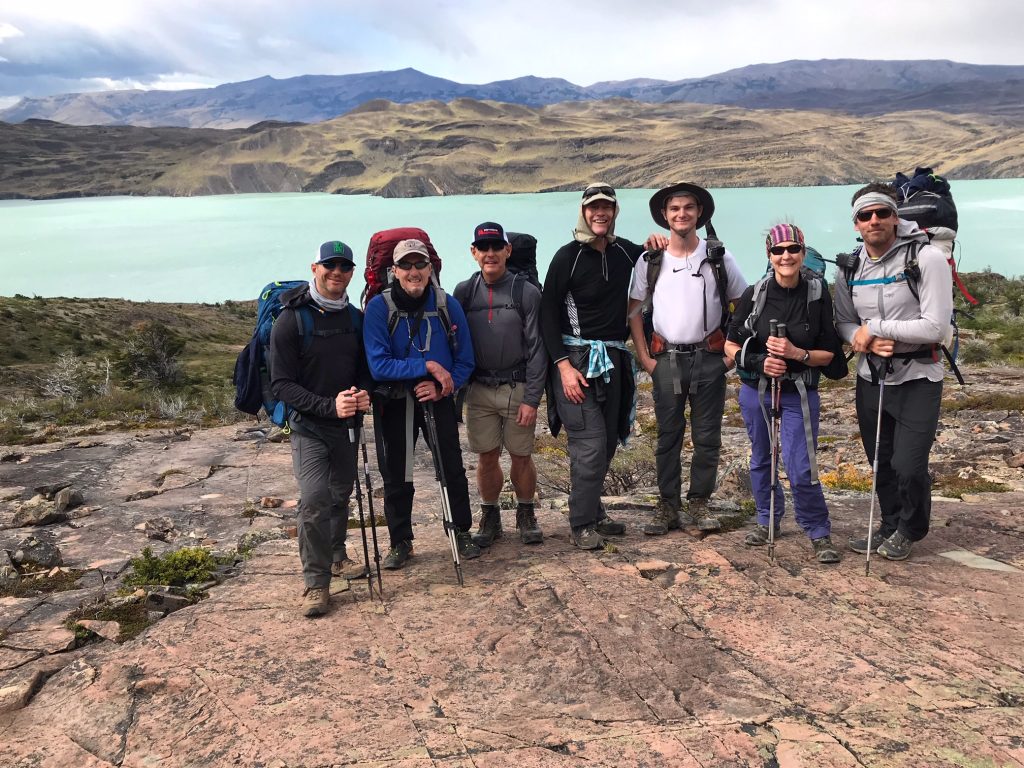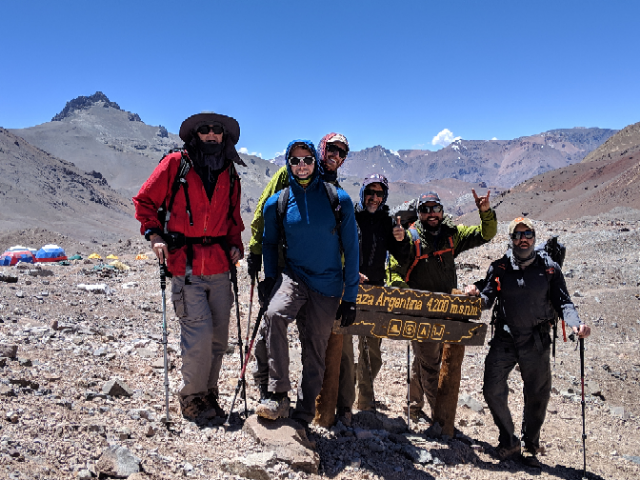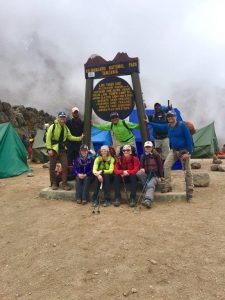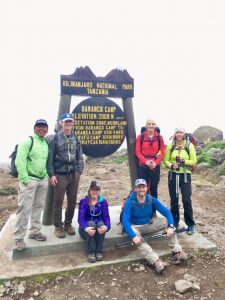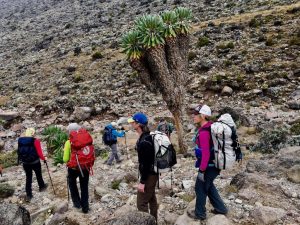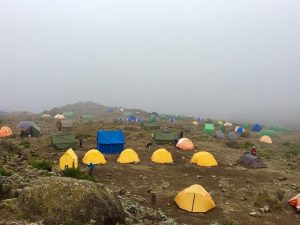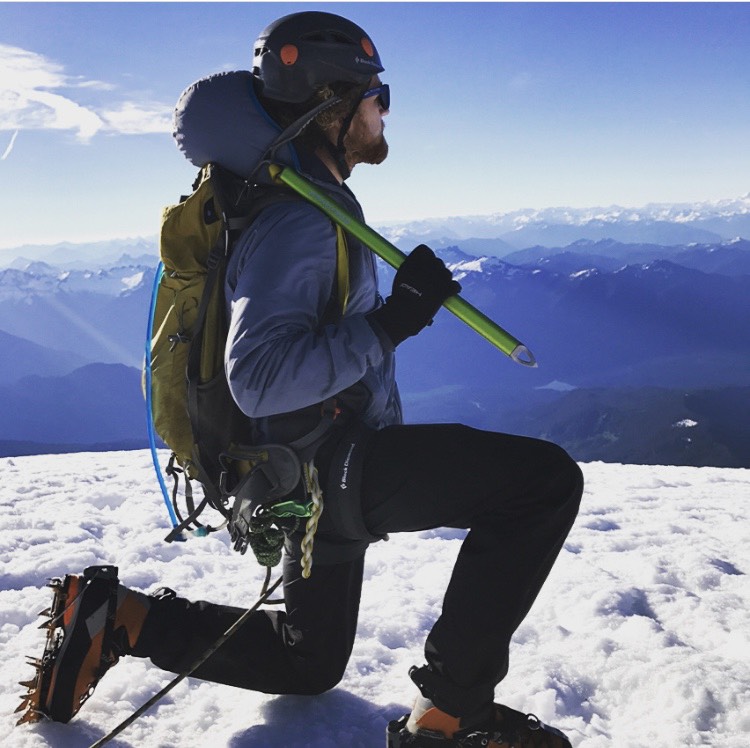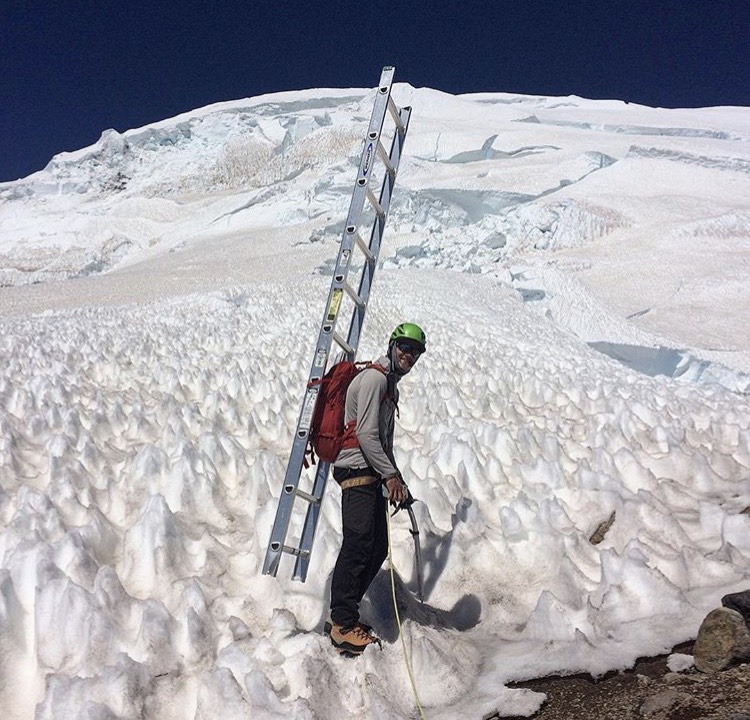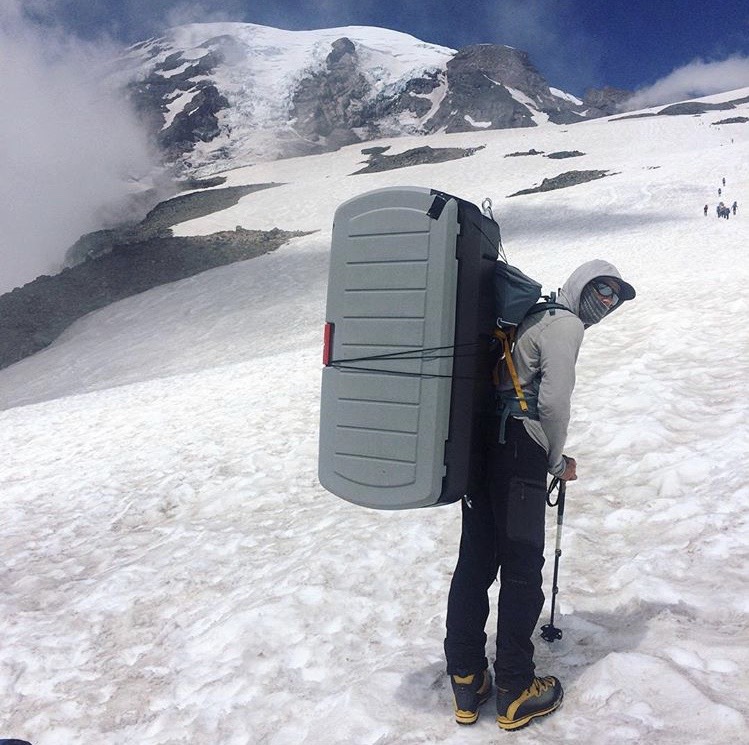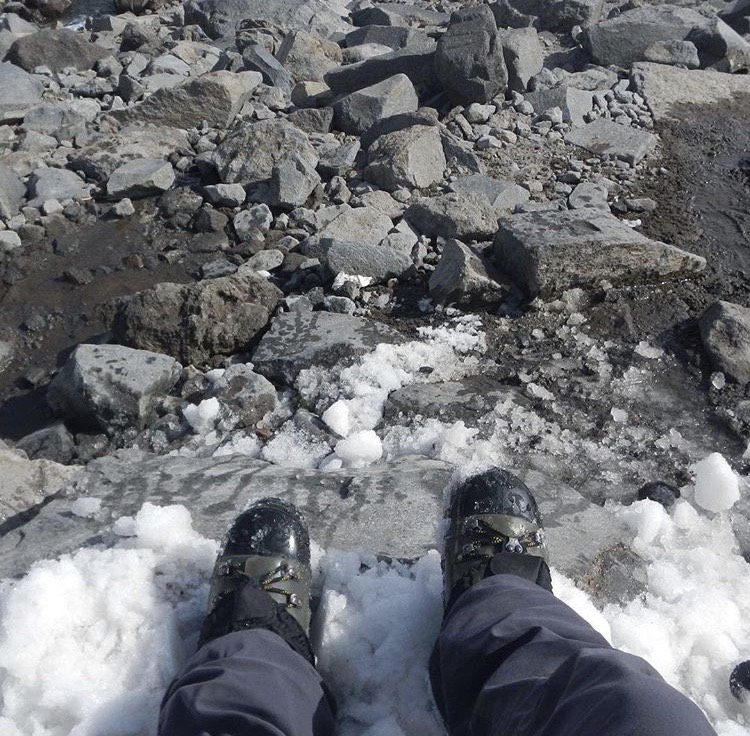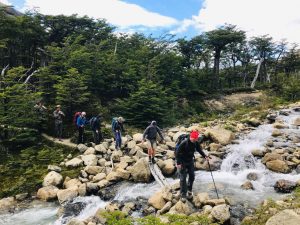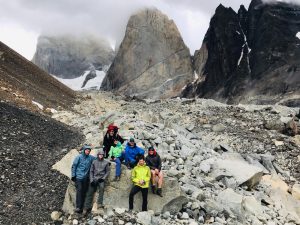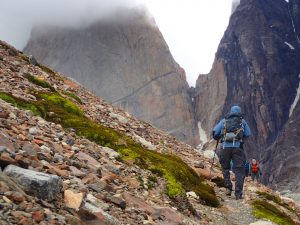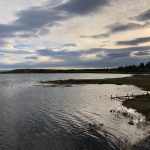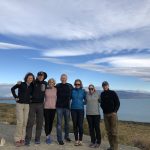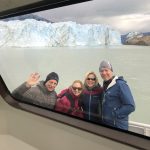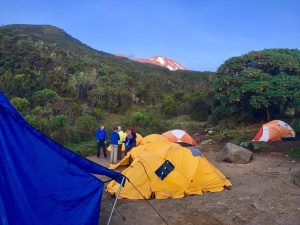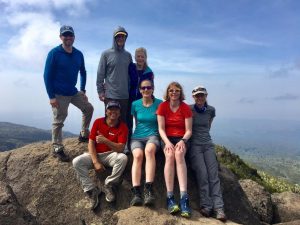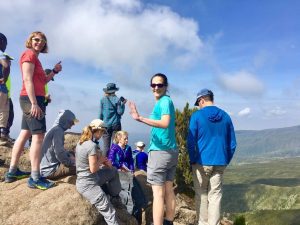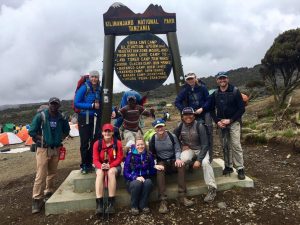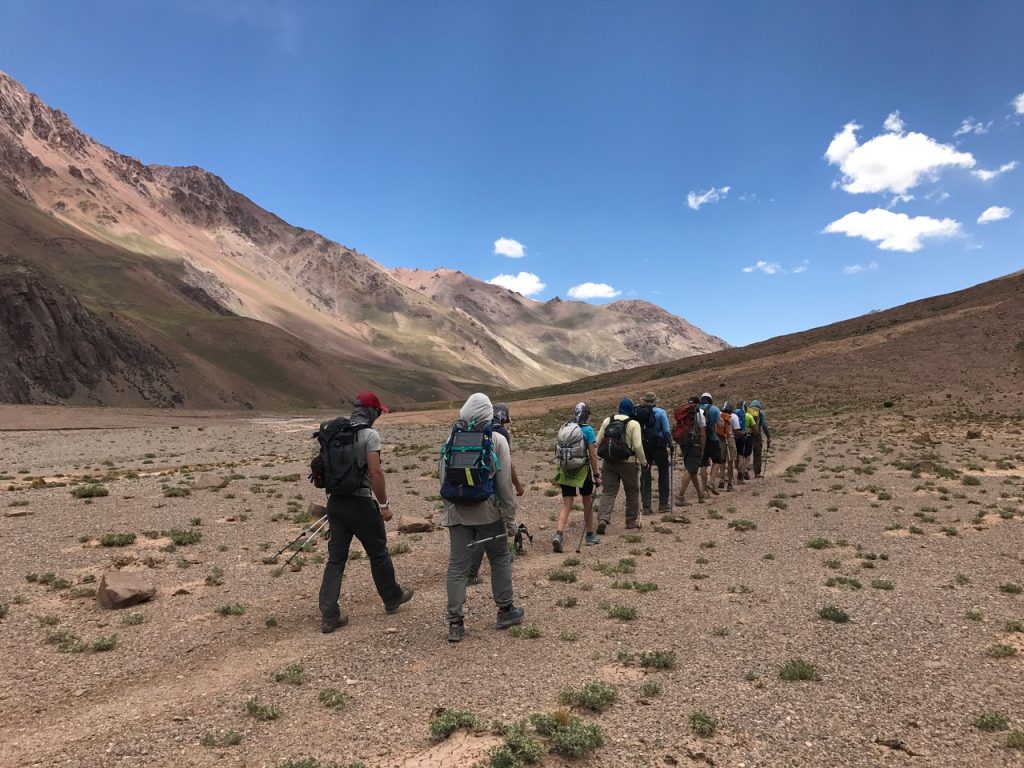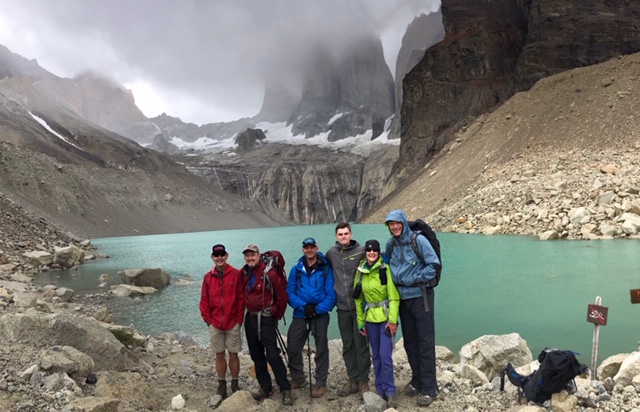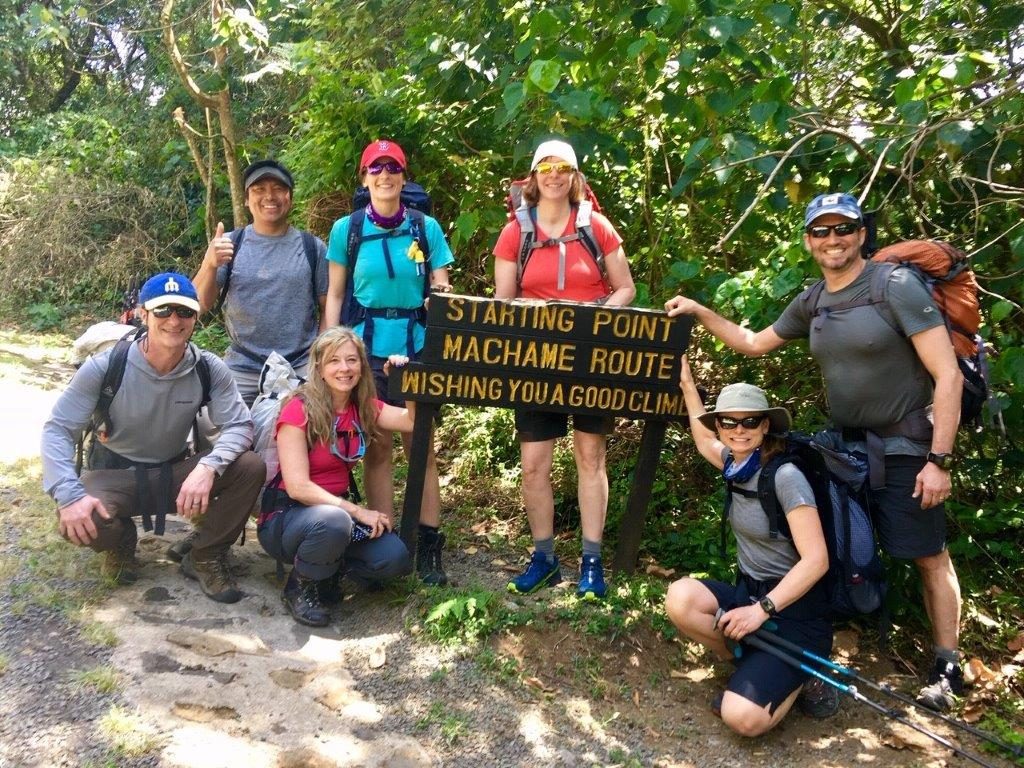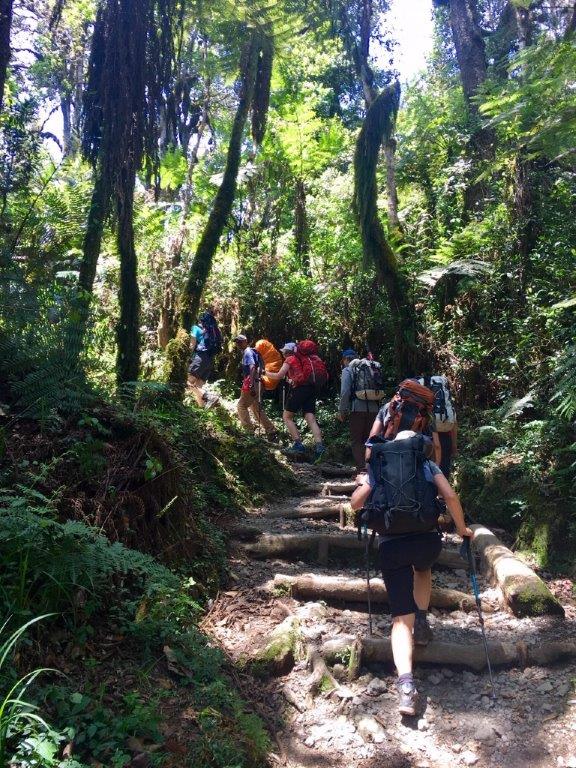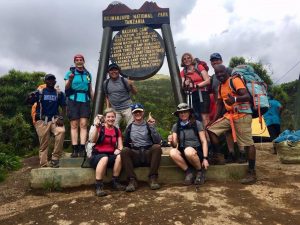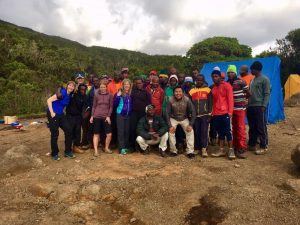February 8, 2019
A little bit of drizzle in Torres del Paine is normal and isn’t going to get this team down. They donned their waterproof jackets this morning and charged forward. The trail today followed along Lake Nordenskjold. There are fairy tale views along this trail that ends at Refugio Los Cuernos where they will post up for the night. Although it was a bit rainy, there were some cloud breaks and views throughout the day.
Charlotte and Co. made it over to El Chalten right on time today. After a quick lunch in town they hit the trail to explore the Fitz Roy Massif. I haven’t received any pictures from Charlotte yet today but I’m hoping to get some on the blog this weekend. Lots of hiking and fun in Patagonia today. Everybody is settled in and resting their legs for another big day of trekking tomorrow.
Luke Reilly

